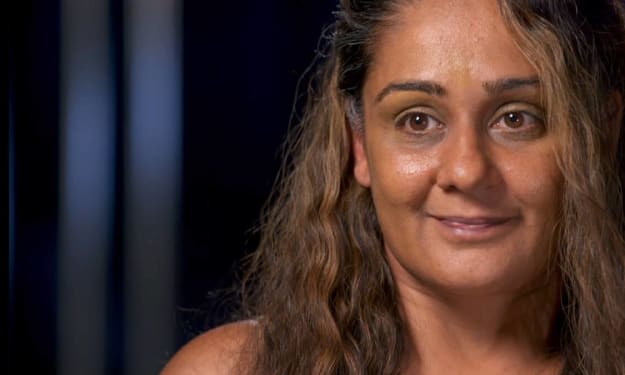Spotty statistics and media bias stall justice for Indigenous persons who have gone missing or been murdered.
Justice for human

Spotty statistics and media bias stall justice for Indigenous persons who have gone missing or been murdered.
Estimates are available. In 2019, 8,162 indigenous children and 2,285 indigenous adults were reported missing out of a total of 609,275 events recorded to the National Crime Information Center, or NCIC. However, crimes against Native Americans are frequently unreported, and in circumstances involving American Indians and Alaska Natives, race is commonly overlooked or misclassified as white. According to the Centers for Disease Control and Prevention, Native American women die three times faster than white American women.
Native American women, according to the Centers for Disease Control and Prevention, die three times faster than white American women.
I was on the verge of becoming one of these statistics. As a child, I was assaulted by a man who hunted down and killed distant rural children.. I've personally experienced the threat of getting assaulted and "losing out." As a scientist who studies Aboriginal justice and works to raise awareness about the tragedy of missing and murdered indigenous peoples, I find the lack of reliable data tremendously frustrating. It's tough to persuade the media to pay attention to the gravity of an unquantifiable crisis.
Furthermore, as the recent example of Gabby Petito demonstrates, when the victim is a young, white woman, the US media tends to be more sympathetic, a fact noticed by former PBS anchor Gwen Ifill.
Scarcity of reliable data-
In 2015, the Missing and Murdered Indigenous Women's Movement had its first formal meeting in Canada. MMIW is an informal collaboration of Canadian and American organisations working to raise awareness about disproportionate violence against Aboriginal women.
The MMIW movement is now known as the Movement of Missing and Murdered Indigenous Peoples since databases generally identify more missing Native American males than women (MMIP). May 5 has been declared a national holiday in the United States as of 2021.
Problems with jurisdictions exacerbate the problem of inaccurate data. Is it necessary for an Indian family to report a loved one missing to federal, state, tribal, or local authorities? Because tribal communities are frequently recognised as independent nations, the matter may not be prosecuted by state or local authorities. Tribal authorities, on the other hand, may lack the resources to investigate a missing person. Tribal officials may not have the legal jurisdiction to undertake an off-reserve inquiry or arrest non-Indigenous people because the missing person is usually not located on the reservation.
Historic and contemporary disregard-
American lawyers refused to prosecute two-thirds of sexual abuse and related cases from Indian countries reported to them between 2005 and 2009. violent cases. criminal cases and a perceived lack of credibility of the victims due to the interracial nature of many of the crimes. The fact that many crimes committed in indigenous communities are not even investigated makes this report all the more striking.
Search for justice-
The Task Force on Missing and Murdered American Indians and Alaska Natives, also known as Operation Lady Justice, was established by the Trump administration in 2019. To strengthen police cooperation, Secretary of the Interior Deb Haaland, a member of the Laguna Pueblo, formed a missing persons and murderer section inside the Bureau of Indian Affairs in April 2021. She previously supported the Not Invisible Act in 2019 as a representative from New Mexico, which aimed to strengthen intergovernmental coordination and consult with tribes to discover best practises for minimising the number of Native Americans who have gone missing.
I was on the verge of becoming one of these statistics. As a child, I was abused by someone who had previously attacked and murdered other rural children. I've experienced firsthand the danger of being assaulted and "losing out." I find the absence of trustworthy statistics extremely upsetting as a scholar who studies Aboriginal justice and seeks to raise awareness about the tragedy of missing and murdered indigenous peoples. It's difficult to get the media to pay attention to the gravity of a situation that can't be quantified.
About the Creator
Paramjeet kaur
Hey people! I am my own person and I love blogging because I just love to share the small Stories






Comments
There are no comments for this story
Be the first to respond and start the conversation.